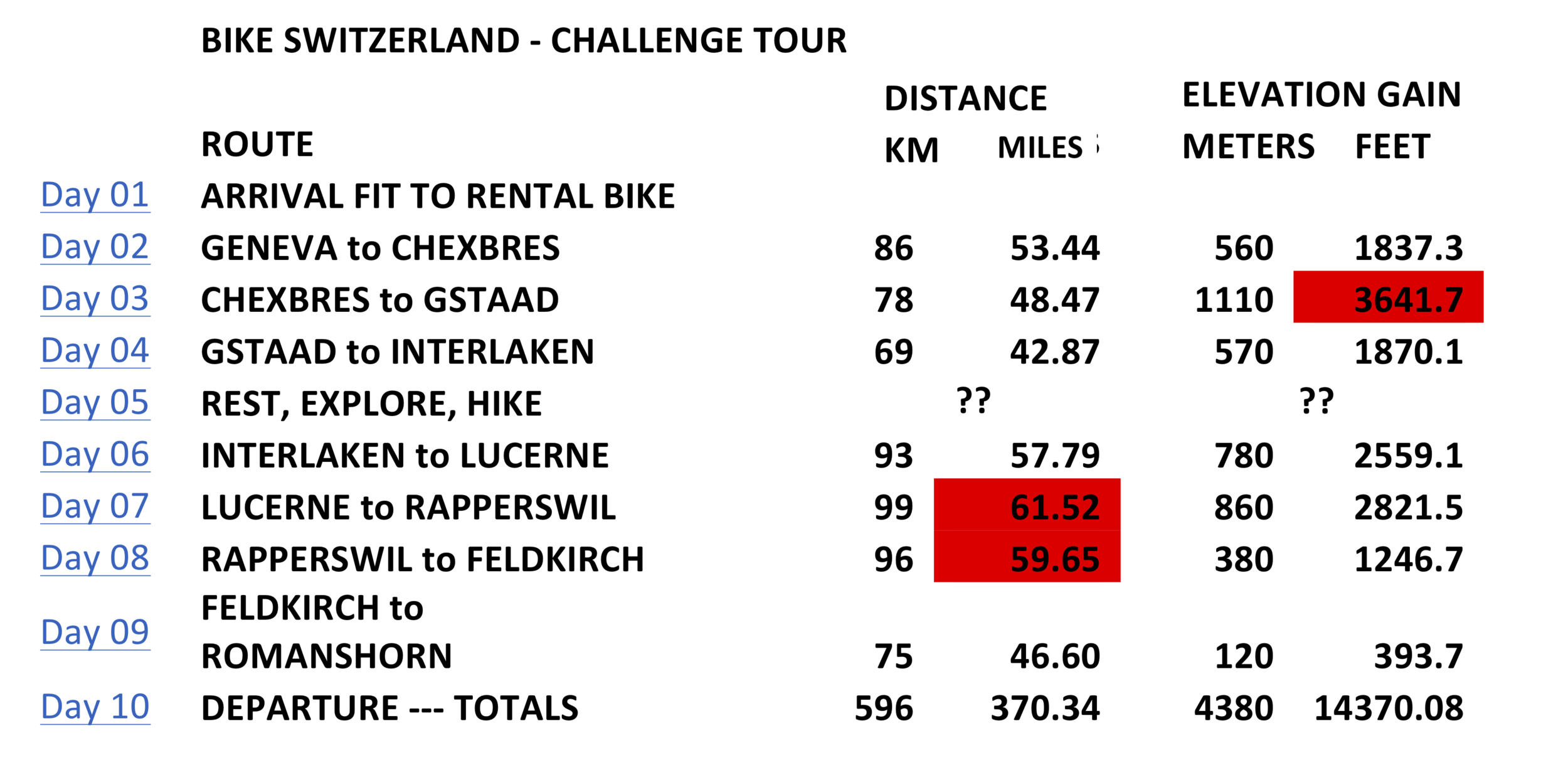Updated 8/12/20
Face Covers make it safer for everyone when we HAVE TO get closer than 6 feet !
(but wash your hands & back off when sipping your coffee!)
June 18th the State of California’s Guidance has made wearing face covering mandatory when in public where physical distancing of 6 feet cannot be maintained…
Vented masks do not filter your exhaled breath and are not effective face coverings under this plan to reduce the spread of COVID-19.
While cycling, that sphere of breath droplets trails in motion far more than 6 feet, so wearing face covering while riding helps to contain our expirations and reduce the chance of spreading potentially infectious droplets.
N95’s are PPE intended to protect health care workers who serve sick people. They are able to filter small particulates and viri and are protective - but are harder to breathe through. These should be reserved for people who need PPE - and are disposable / expensive. Some have exhaust vents to help. The exhaust vent makes them worthless for face coverings to protect others in case you are infectious. Some people who have then will tape the vents closed to use them as face covering. https://youtu.be/0Go9prEjgLk
Long before COVID-19, many cyclists worried about inhaling pollution particulates, and there are some excellent masks intended for cycling. They are able to filter particulates and are protective - but have exhaust vents to help breathing and reduce fogging up glasses. The exhaust vent makes them worthless for face coverings to protect others in case you are infectious unless, there is a fabric inside the vent to trap droplets . See more on Amazon…
A sewn face covering can be 1 or 2 layers thick so breathing is easy - and washable. Sew your own, Get one from Alice, order one from Walz . They have the advantage of staying up so you don’t have to fiddle with pulling up and touching your face. They are as effective as disposable surgical masks, but better fitting and offer fashion options…
A neck-gaiter (ie “Buff®”) it is easy to pull when near others & easy to drop when alone on the road. Summer weight Buffs® are lighter & not as warm on the neck - otherwise it can be like riding in a turtleneck. The problem here is that a thin fabric may actually split heavy ‘droplets’ into a longer lasting light mist that stays airborne… Inside that stays airborne for hours, but outside that would dry fast but would protect others less so physical distance becomes more important. If you can see light through it in may be too thin.
An even cheaper option is a bandana - worn “Cowboy” style as a ‘kerchief. This also lets plenty of breath drop below the face covering, so physical distance is important.
A really cheap option is to cut up a cotton Tee-Shirt and make a tie on face covering; It’s thin, breaths well & tucks in under your helmet straps very well… Cut the belly off - using the bottom hem as the top edge / top tie and it comfortably fits under your glasses. Anyone has a few Tee-shirts available and having a few lets you was after each ride… As with light weight neck-gaiters, thin cloth breathes well but can put out aerosolized mist rather than heavy droplets…
“Go ask Alice” - she’ll set you up !
Recycled Tee-Shirt for two…
Norm cared enough to wear one…
…he even wore his old Boy Scout bandana.
BCI Member Alice Fascella is sewing cotton masks – suitable for riding in - as well as shopping - and lounging by the pool - and is still offering them to BCI Members !
She just needs to know man woman or child. (The child’s age is helpful)
Specify XL, Lg, Med, or Small for kids.
Her email is atfascella @ gmail.com THANK YOU ALICE!



























